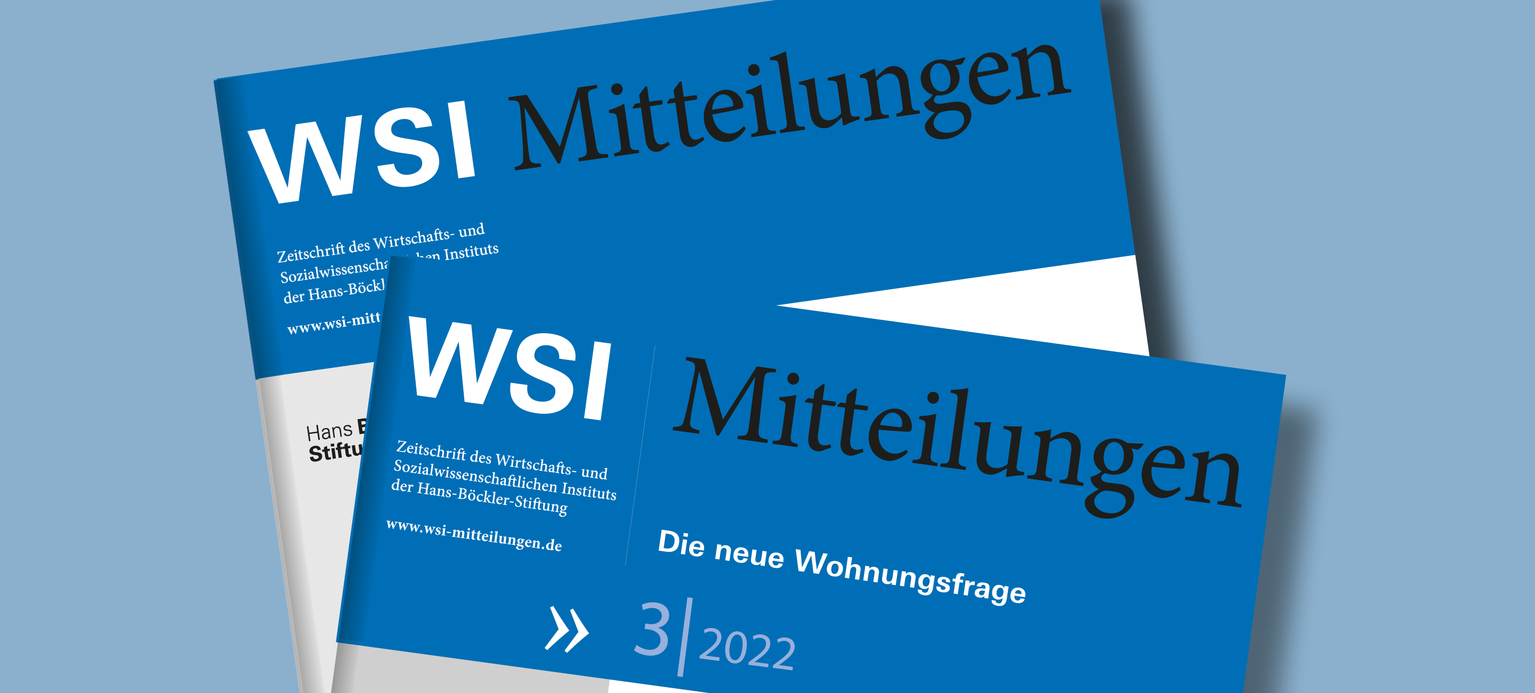Eltges, Markus / Milbert, Antonia : Ungleichheiten der Lebensverhältnisse zwischen Stadt und Land
DOI: 10.5771/0342-300X-2022-3-223
Seiten 223-234
Zusammenfassung
Wohnen endet nicht an der Wohnungstür. Wohnqualität hängt auch von den regionalen Lebensbedingungen ab. Deshalb werden in diesem Beitrag die unterschiedlichen Lebensverhältnisse in Stadt und Land sowie in West und Ost untersucht. Zusätzlich wird aber auch danach gefragt, wie sich die Lebensverhältnisse in Abwanderungsregionen von denen in Regionen mit Bevölkerungsgewinnen unterscheiden, denn die demografische Entwicklung ist nach wie vor Ursache und einer der wichtigsten Treiber für die räumlichen Differenzierungen der Lebensverhältnisse. Die Komponenten der demografischen Entwicklung – Außenwanderung, Binnenwanderung und natürliche Bevölkerungsbewegungen – werden zuerst zwischen Ost- und Westdeutschland, Stadt und Land sowie den eigens dafür gebildeten Demografietypen analysiert. Sodann folgt die Betrachtung von räumlichen Unterschieden der Bevölkerung hinsichtlich Alters- und Sozialstruktur, der Entwicklung der Arbeitsplätze, Wohnen und Daseinsvorsorge. Die Bundesregierungen der 19. und 20. Legislaturperiode betonen die Bedeutung gleichwertiger Lebensverhältnisse und zielen auf den Abbau politisch nicht akzeptierter Ungleichheiten. Diese Aufgabe erfordert eine Koordination und Abstimmung der Fachpolitiken und der Landes- und Kommunalpolitiken unter Einbeziehung der Unternehmen und Sozialpartner.
Abstract
The quality of life does not end at the front door. Living quality is also connected to the regional living conditions. For this reason, the article examines the different living conditions in cities and the countryside as well as in west and east Germany. In addition, the authors ask how the living conditions differ in regions where outward migration is prevalent from those with population gains, because demographic development is still the cause, and one of the most important drivers, of the spatial differentiation of living conditions. First, the components of the demographic trends – external and internal migration, natural population change – are analysed in more detail against the backdrop of west and east Germany, urban and rural areas as well as the demographic types, which are created specifically for this purpose. Then the following aspects are considered in regard to spatial differences: the age and social structure of the population, labour markets and the development of jobs and the situation of housing and services of general interest. The federal governments of the 19th and 20th legislative periods emphasise the importance of equal living conditions and aim to reduce politically unacceptable inequalities. This task requires the coordination between sector-specific policies, between federal and state policies and has also to involve commercial enterprises.
